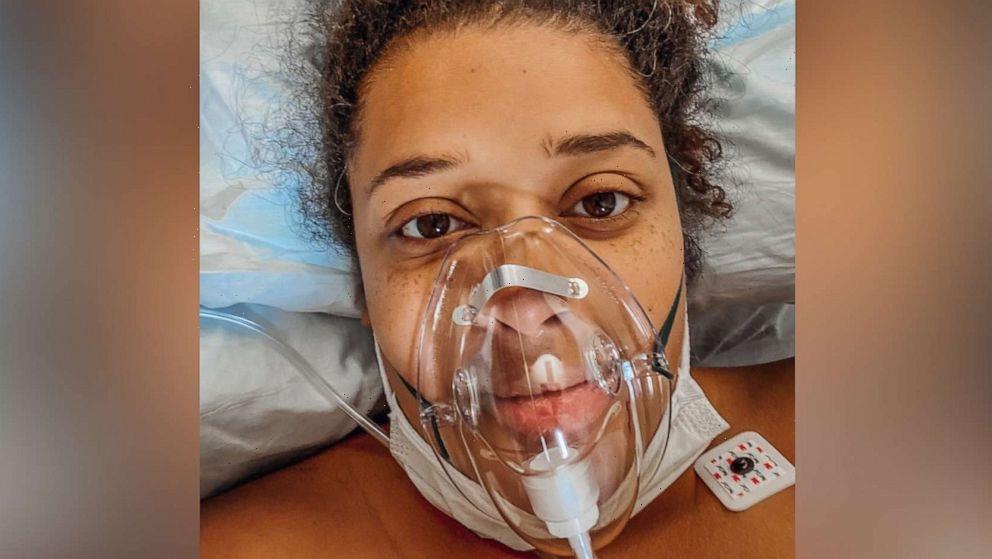Increased public focus on the Delta variant has coincided with slowed spending in key sectors, according to a JPMorgan (JPM) Research report by senior economist Jesse Edgerton and economist Peter McCrory.
“COVID case counts are still growing rapidly, even in highly-vaccinated states,” the report reads. “Google (GOOG, GOOGL) search data suggest that public focus on the Delta variant has intensified in recent weeks, and Chase card spending in some travel and entertainment categories has fallen.”
Google search statistics for “Delta variant” spiked nearing the end of June amid case surges in India and Europe. Searches then accelerated again and have almost tripled since mid-July as COVID-19 cases began to surge again in the United States, JPMorgan found.
“Looking ahead, slowing case growth in states leading the current US wave like Louisiana and Missouri suggests the U.S. could follow the UK experience with cases peaking within a month,” the report added.
And although deaths from the current wave “remain subdued,” the report noted, the number of new cases in the U.S. has increased nearly eightfold since mid-July, with the Delta variant now the dominant strain in several states.
Softened spending
According to Chase card spending data, airline spending has fallen nearly 20% from a mid-July peak, which the report noted was a “larger decline” than the one seen during the case surge during winter of 2020.
“By contrast, restaurant spending has softened only modestly and thus far much less than in the winter wave,” the report reads.
A Bank of America (BAC) Global Research report by U.S. economists Michelle Meyer and Anna Zhou produced similar findings, stating that total card spending based on aggregated BofA credit and debit card data had “decelerated meaningfully to a 10% 2-year growth rate for the 7-days ending July 31st,” down over 8% from the prior week.
For BofA's card data, transit and airlines demonstrated the largest declines in spending growth, followed by online retail, clothing, general merchandise, and groceries. Gas and department store sales were the only two sectors that experienced a positive change in 2-year growth rate.
“This may reflect a number of factors including the timing of the pay period, a reversal of the Child Tax Credit (CTC) boost and a change in consumer behavior due to the Delta variant,” the BofA report reads.
Looking ahead, further declines in spending can be expected as COVID-19 continues to spread, according to JPMorgan. However, the JPMorgan report suggested that the next peak in U.S. cases may soon pass, as cases in the U.K. “peaked about three weeks after they reached current US per capita levels.” States like Missouri and Nevada which were hardest hit by Delta initially are now experiencing relatively slower case growth rates, hinting at the possibility of an approaching reversal in the spending trends.
And as millions of Americans are poised to lose enhanced unemployment benefits beginning in September, it remains unclear the extent to which this will affect overall spending. Even as the Delta variant surges, Washington has not yet demonstrated any interest in extending benefits.
The aggregate personal savings rate also remains elevated from pre-pandemic levels, but is down significantly from a March peak. Additionally, though personal income increased by $21.6 billion for the month of June, a 0.1% increase from the month prior, disposable personal income declined 0.1% during the same period according to the Bureau of Economic Statistics (BEA). This amounted to Americans having $2.6 billion less disposable income in June than May, with the Personal Consumer Expenditures (PCE) price index having increased 4% in June compared to a year prior.
Thomas Hum is a writer at Yahoo Finance. Follow him on Twitter: @thomashumTV
Read the latest financial and business news from Yahoo Finance
Follow Yahoo Finance on Twitter, Facebook, Instagram, Flipboard, LinkedIn, YouTube, and reddit
Source: Read Full Article
